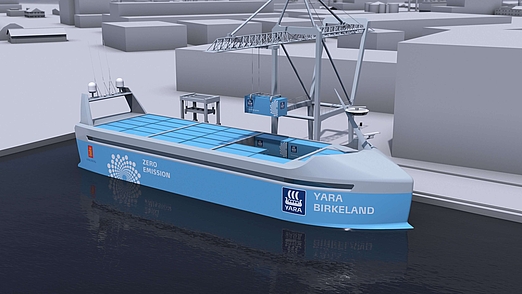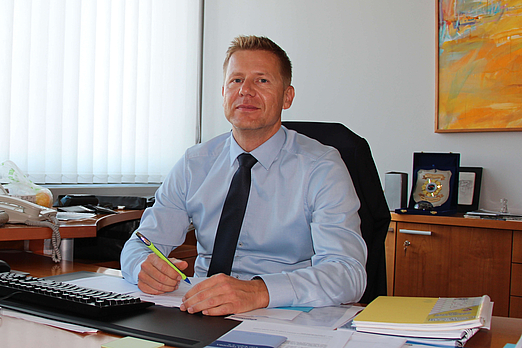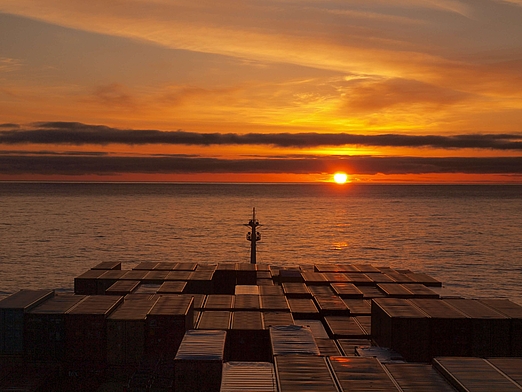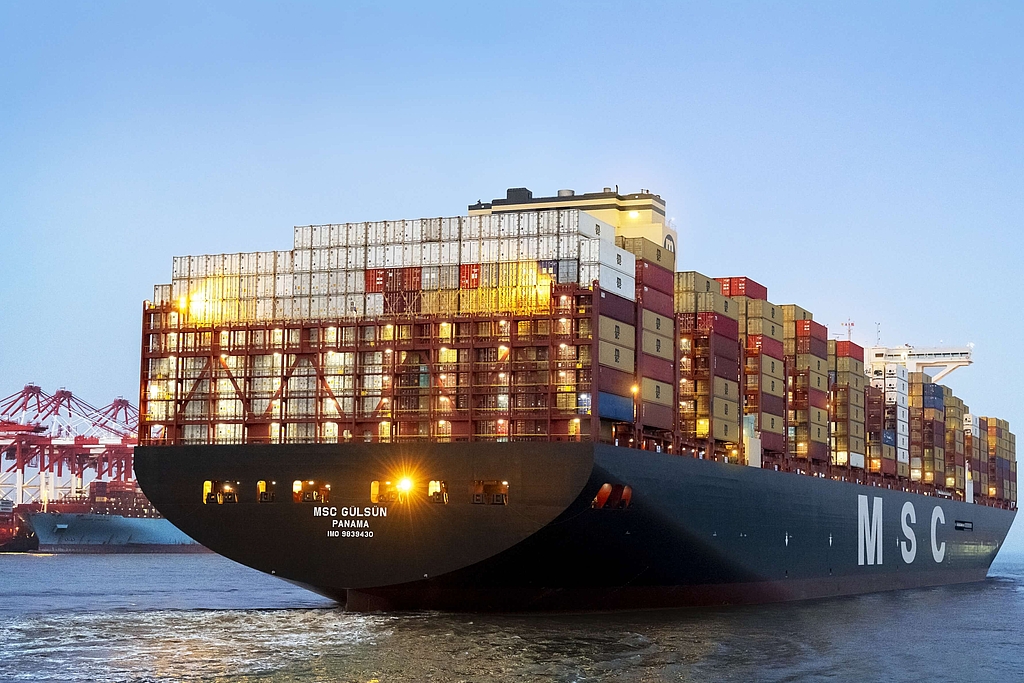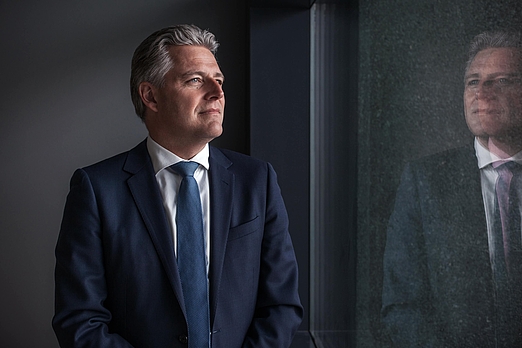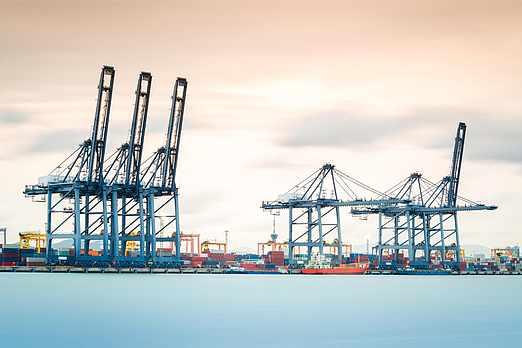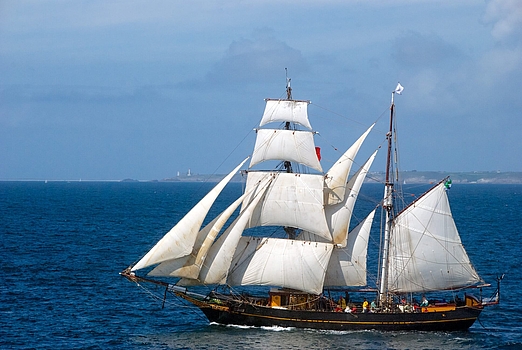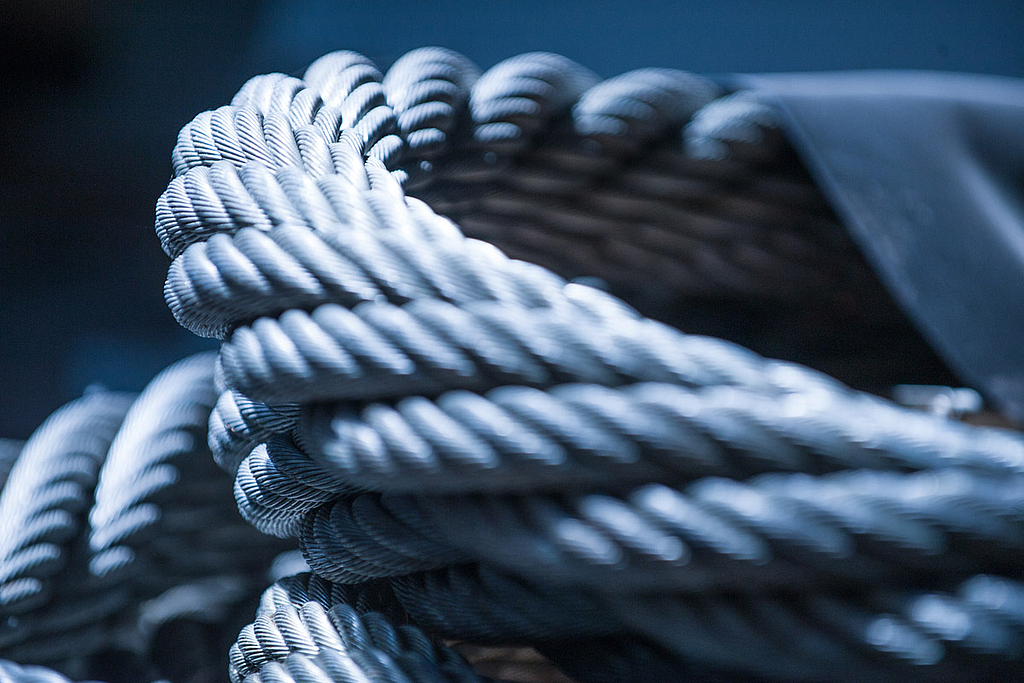“This is where it's at!”
- Interviews
The port of Hamburg is known as one of the most important seaports in the world. It is Germany's largest universal port and Europe's number one railway port. The port on the Elbe handled 135.1 million t of sea cargo in 2018. After the figures of the first half of 2019 were released, we took the opportunity to talk to Axel Mattern, CEO of Hafen Hamburg Marketing, about reason in times of trade conflicts, the limited learning capacity of large ocean carriers and Hamburg's role as a leading hub for imports from China. Find out more about China's bold investments in the Mediterranean and where the action is really at.
“The only thing I can say about China’s investment in Piraeus is that it was a very brave and also very expensive decision for the Chinese.”
Axel Mattern on China's plans in Southern Europe.
“I really hope that the two economic powerhouses, the US and China, can come to an agreement and not slide into a full-blown trade and currency conflict.”
A trade conflict brings no winners, according to Axel Mattern.

“We are proud to collaborate with cargo-partner and we have deep respect for the company’s performance and innovative energy. Decision-making channels are shorter and clearer in mid-sized transportation service providers.”
The Port of Hamburg sees a difference between mid-sized companies and the big players in the industry.
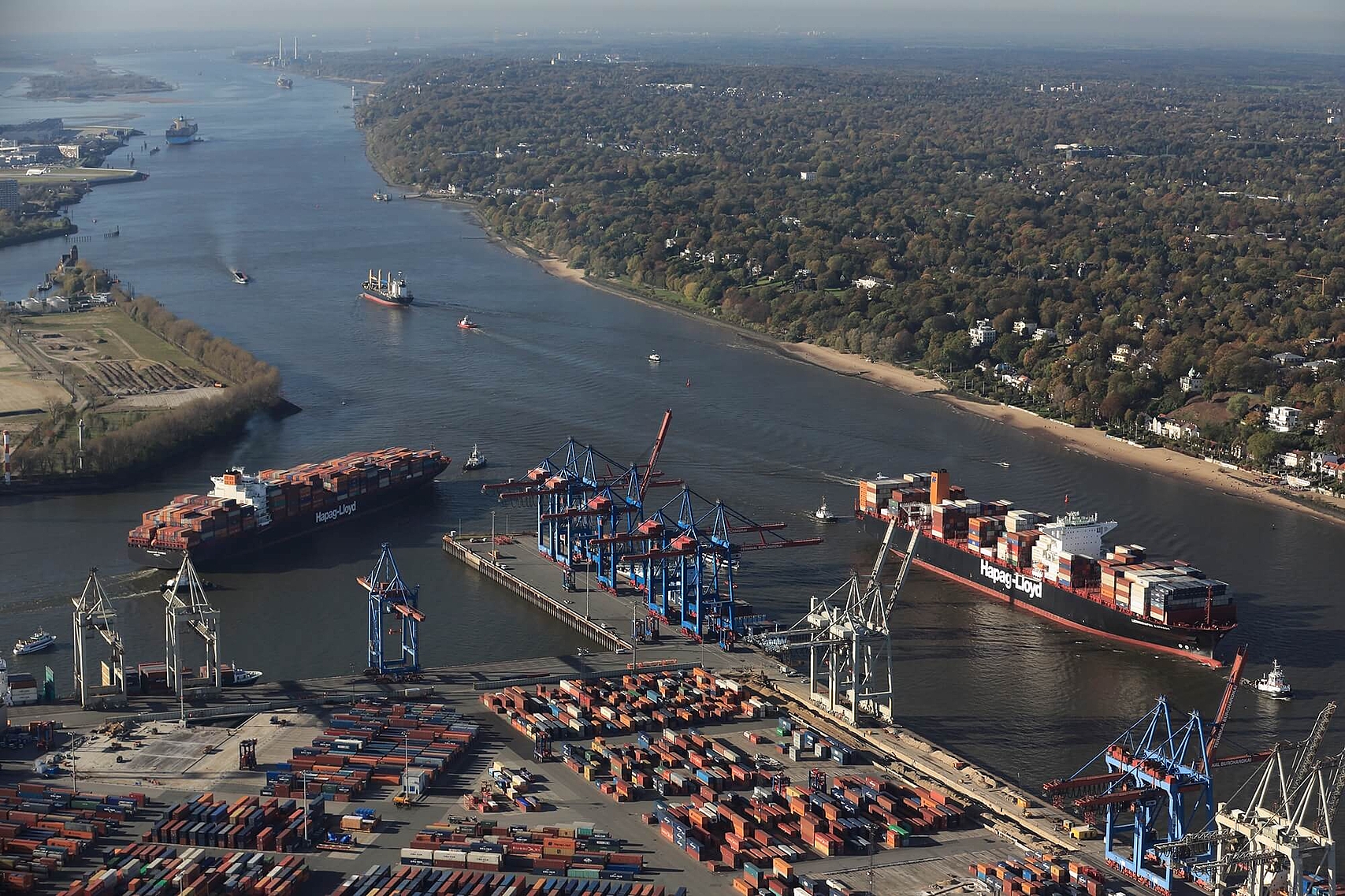
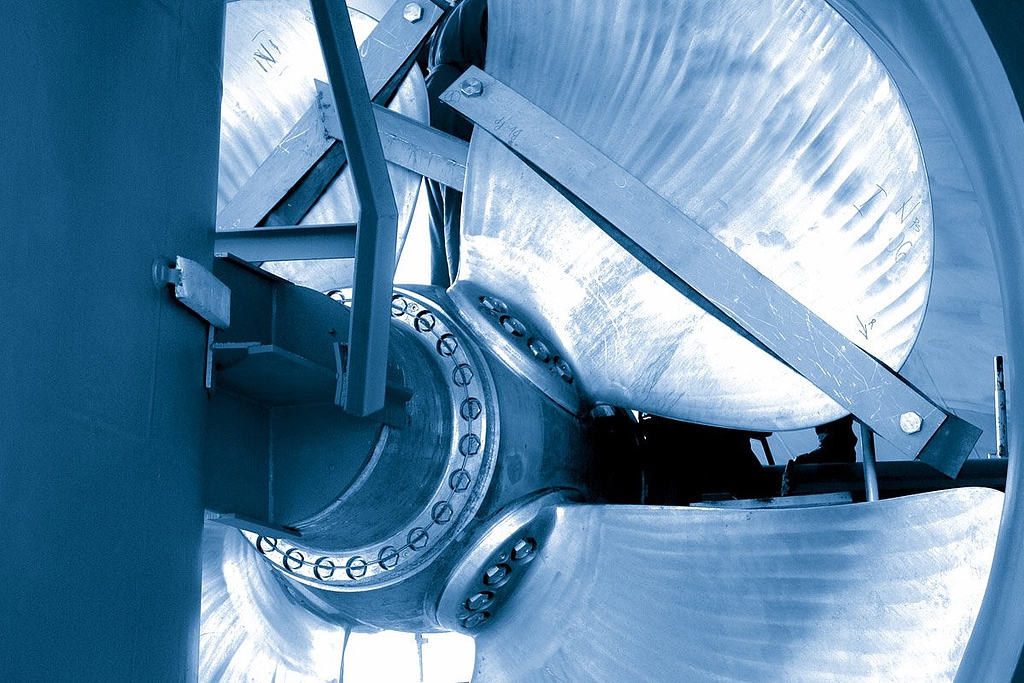
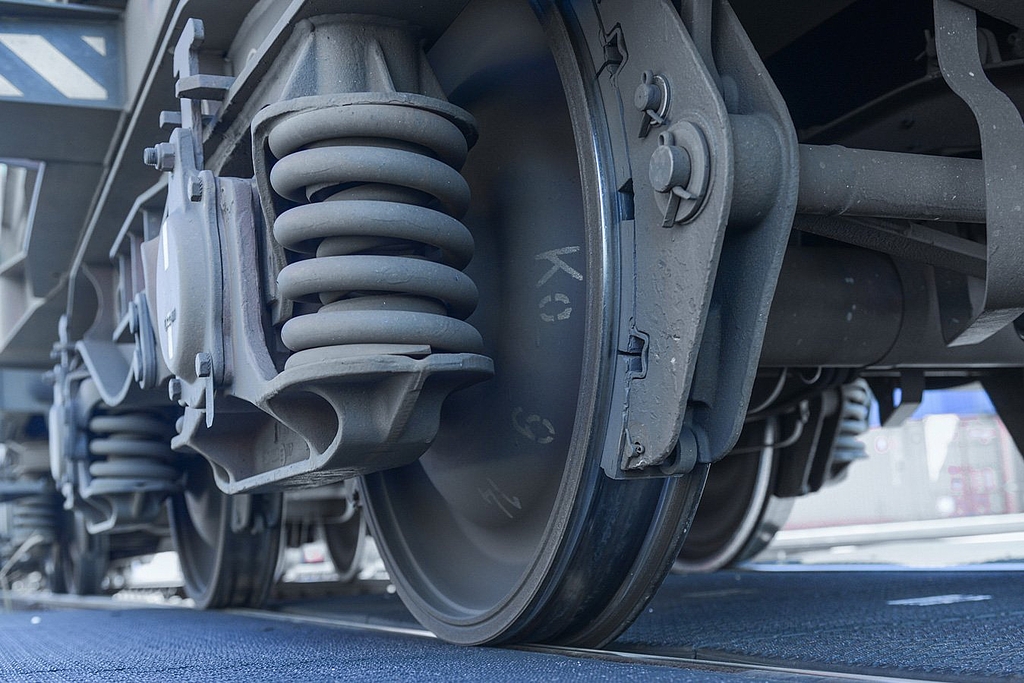
Our rail service is 50% faster than sea cargo and 60% less expensive than air cargo, giving you the best of both worlds.
Rail transport is a fast, cost-effective and environment-friendly alternative to air and sea freight. Our specialized teams will create the optimal rail transport concept for any commodity.
Find out more
